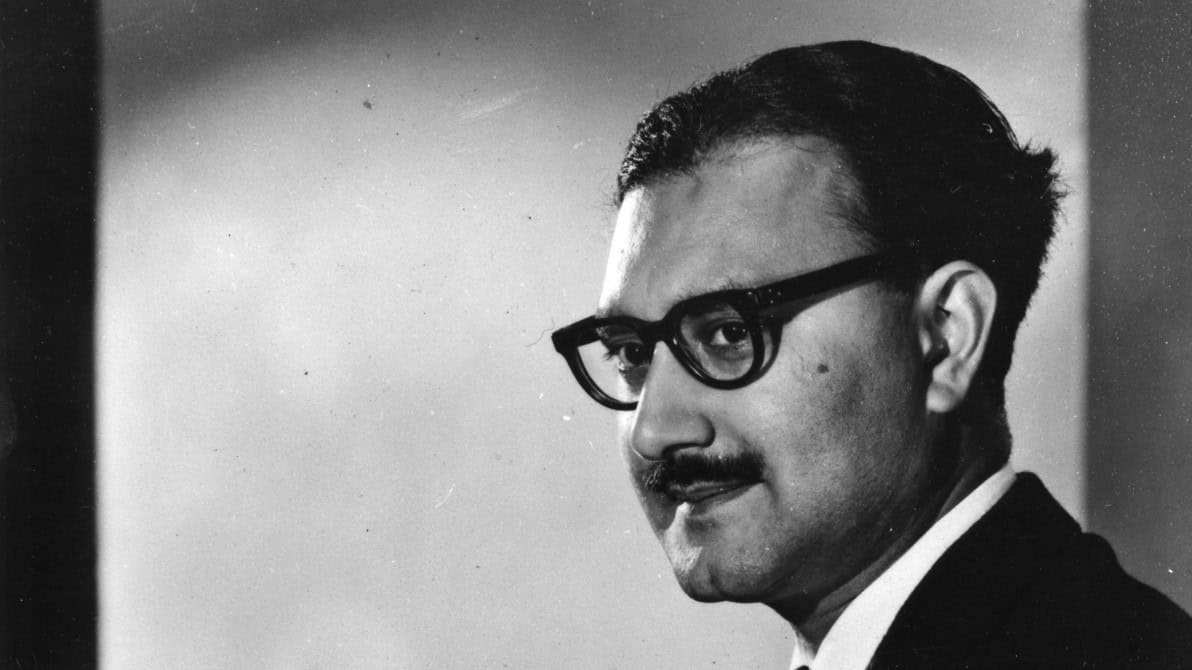A recent experiment showed that a fundamental particle – W boson – weighed more than expected. The mass difference is an important facet for scientists to explain how the universe and its different forces work. The experiment was conducted at the US government’s Fermi National Accelerator Lab (or Fermilab).
During the experiment, scientists crashed the particles together in order to calculate the mass of W boson particles. “The W boson is a messenger particle of the weak nuclear force. It is responsible for the nuclear processes that make the sun shine and particles decay,” Fermilab explained in its press release.
The difference in mass between the experiment results and the one determined by the prevailing theory is too big. Hence, scientists do not consider it to be a rounding error or anything that could be easily explained away. The study included a team of 400 scientists from around the world. The study was published on Thursday in the journal Science.
The standard model considers that a W boson particle should measure 80,357,000 electron volts, plus or minus 6. The Fermi team’s calculations put it at 80,433,000 electron volts, plus or minus 9. Giorgio Chiarelli, another scientist for the Fermi team and research director for the Italian National Institute for Nuclear Physics, said, “We found it slightly more than that. Not that much, but it’s enough.”
For ten years and more, scientists have been crashing particles. As a result, they have measured the mass of 4 million W bosons. These key particles are responsible for a fundamental force that is observed at the centre of atoms. It’s difficult to determine their absolute mass as they exist for only a fraction of a second and then they decay into other particles.
Dave Toback, a particle physicist at Texas A&M University and a spokesperson for the Fermi Lab, “It’s not just something is wrong.” If the results are replicated in other tests performed by other labs, “it literally means something fundamental in our understanding of nature is wrong.”
“While this is an intriguing result, the measurement needs to be confirmed by another experiment before it can be interpreted fully,” added Fermilab Deputy Director Joe Lykken.







